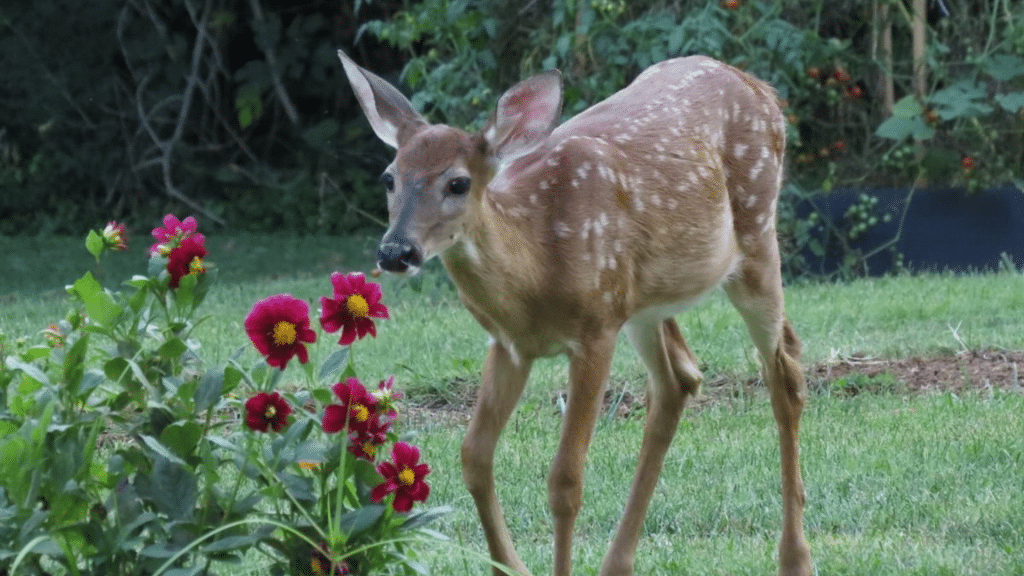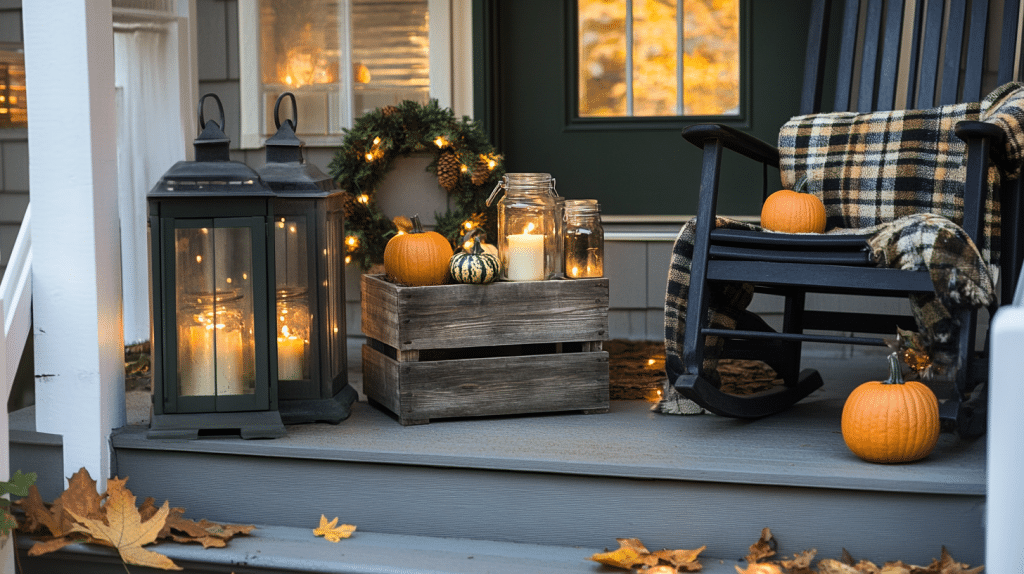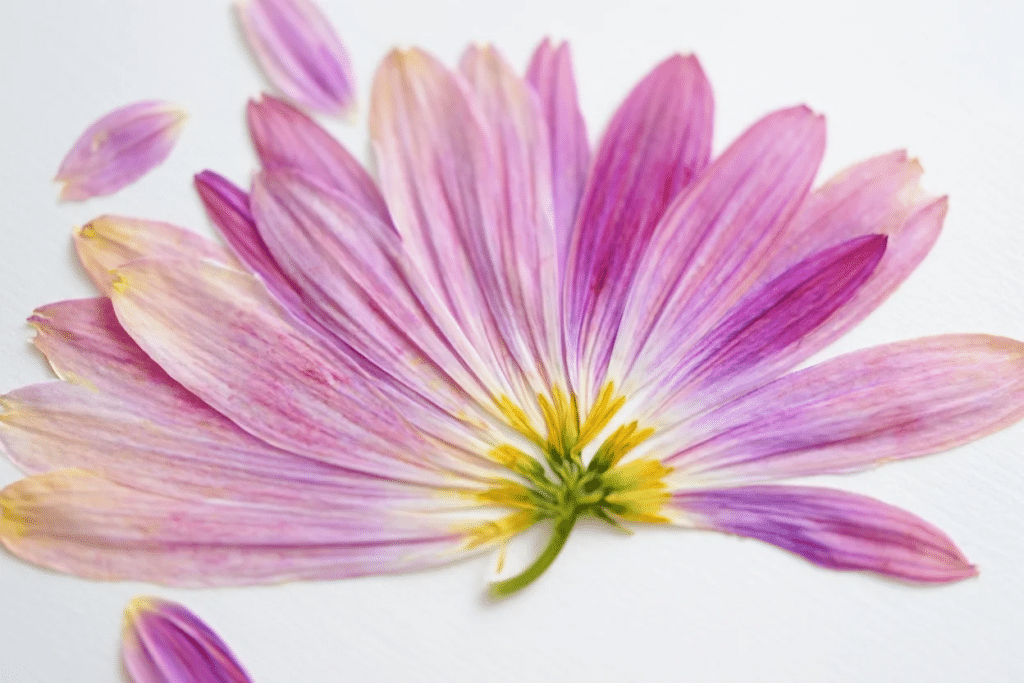You know that feeling when you wake up to find your beautiful garden destroyed? I’ve been there too many times. Deer can turn months of hard work into a breakfast buffet overnight.
Certain plants naturally repel these hungry visitors. Some plants, like dianthus, have strong scents that deer resist. Others have textures they simply won’t touch.
I’ve spent years testing which plants work best against deer damage. Today, I’m sharing my top picks and the science behind why deer avoid them. You’ll learn practical solutions that actually protect your garden without breaking the bank.
What Makes a Plant Deer-Resistant?
Deer are picky eaters. I’ve learned they avoid plants based on three simple traits: smell, texture, and taste. Their sensitive noses can’t handle powerful fragrances.
Lavender, rosemary, and mint create invisible barriers that keep deer away. The oils in these plants smell great to us, but overwhelming to them. This explains why many gardeners ask Are dianthus deer resistant? These spicy-scented flowers work the same way.
Deer prefer soft leaves that they can chew easily. Plants with fuzzy, prickly, or thick surfaces discourage browsing.
Lamb’s ear has woolly leaves that stick to deer tongues. Holly bushes have sharp spines that deer quickly learn to avoid.
Plants Deer Hate Most
After years of testing, I’ve found these perennial plants that deer rarely eat and consistently keep deer away from my garden.
1. Dianthus (Pinks)
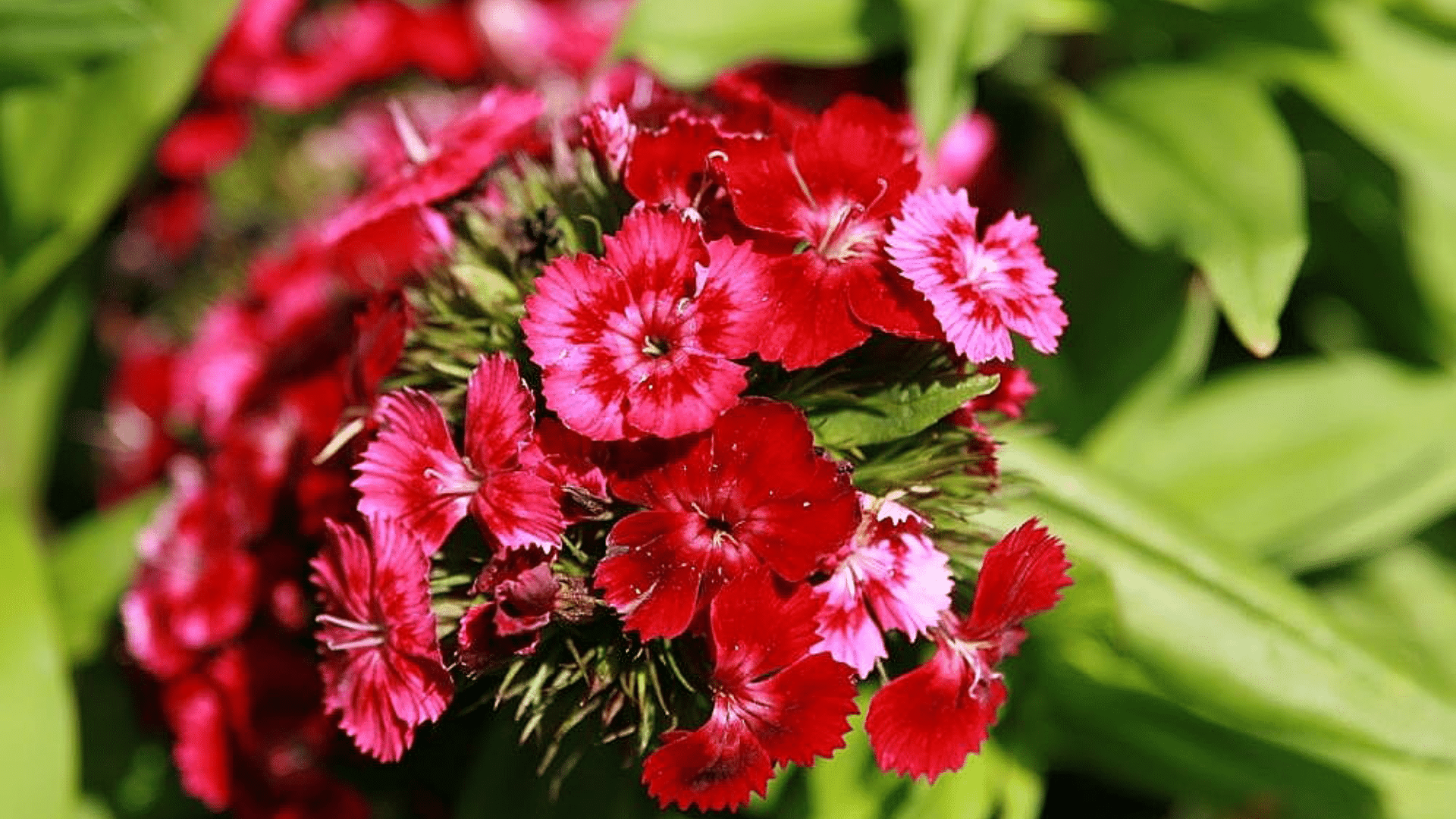
These colorful flowers pack a spicy, clove-like scent that overwhelms deer’s sensitive noses. The strong fragrance creates an invisible barrier they won’t cross.
I love that dianthus blooms continuously while staying completely untouched by hungry visitors. Many varieties spread naturally through self-seeding, creating larger protective zones over time without extra effort from you.
2. Marigolds
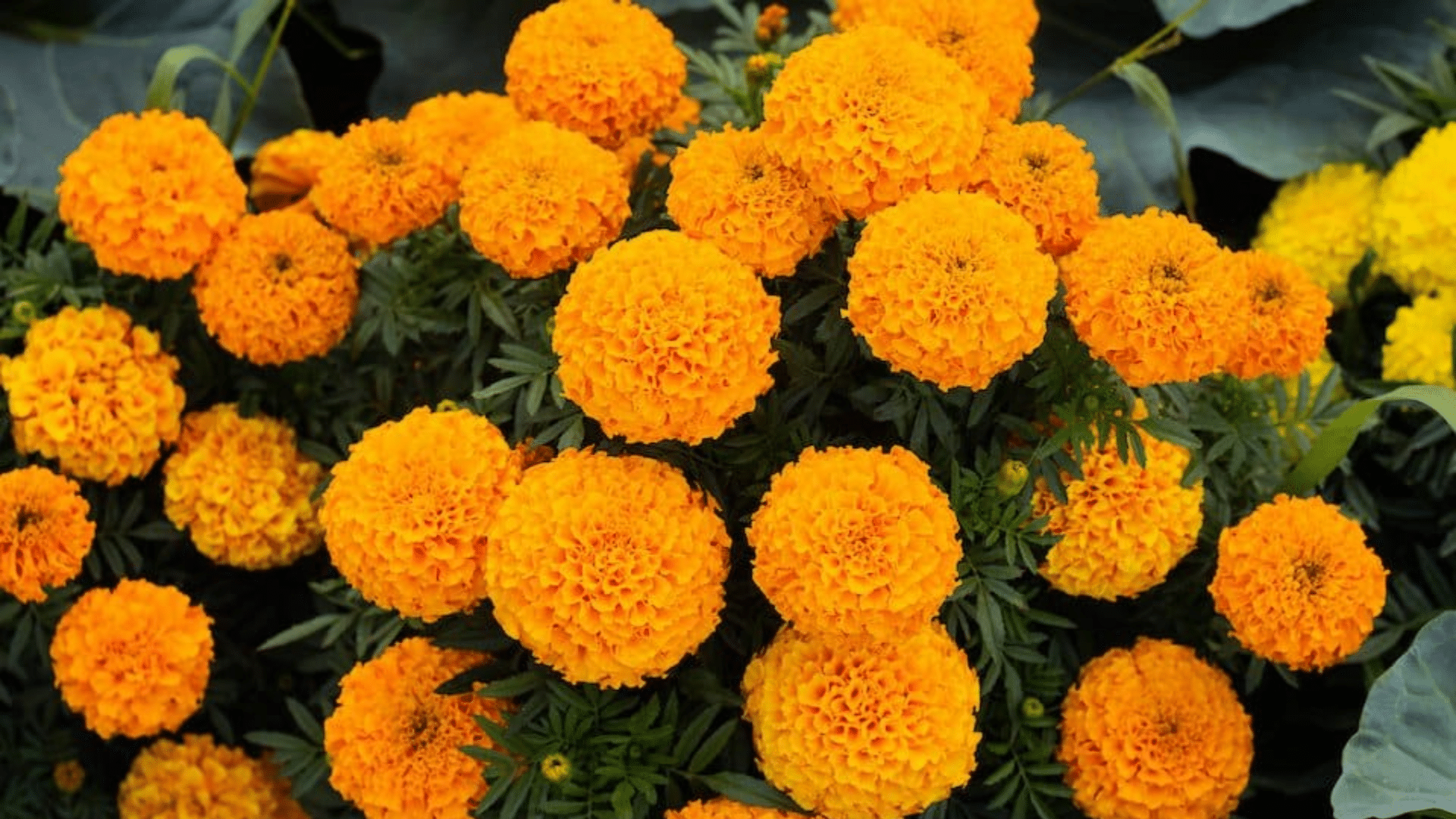
One bite teaches deer to avoid marigolds forever. The bitter, pungent taste lingers unpleasantly in their mouths. These bright annuals also release strong oils that smell medicinal to wildlife. I plant them throughout my vegetable garden as colorful, natural guards.
3. Peonies
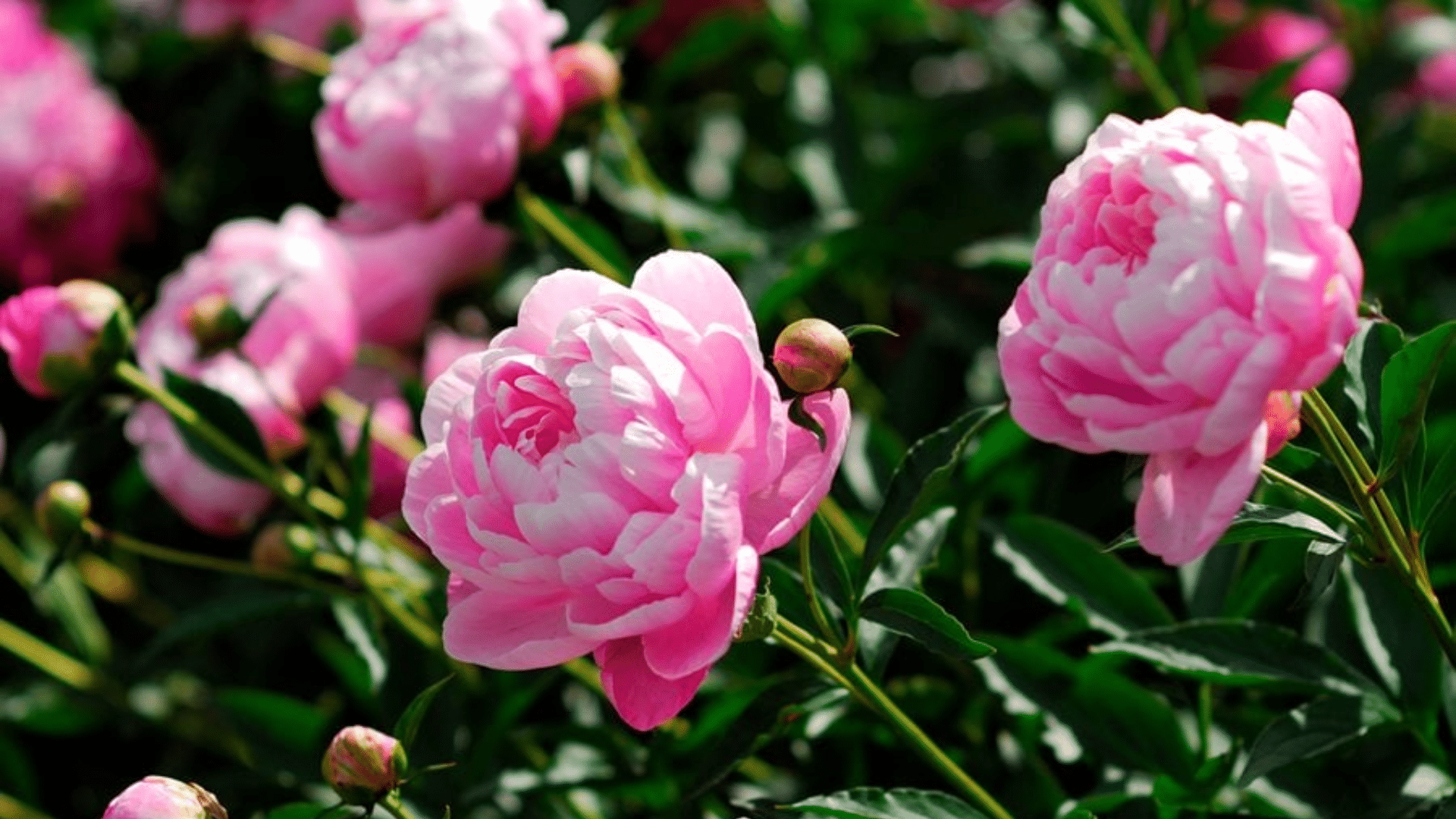
Deer find peony leaves too tough and bitter to chew comfortably. The thick, waxy texture feels wrong in their mouths. These gorgeous perennials bloom beautifully in late spring while deer walk right past them. I’ve never seen any damage on my peony bushes.
4. Yarrow
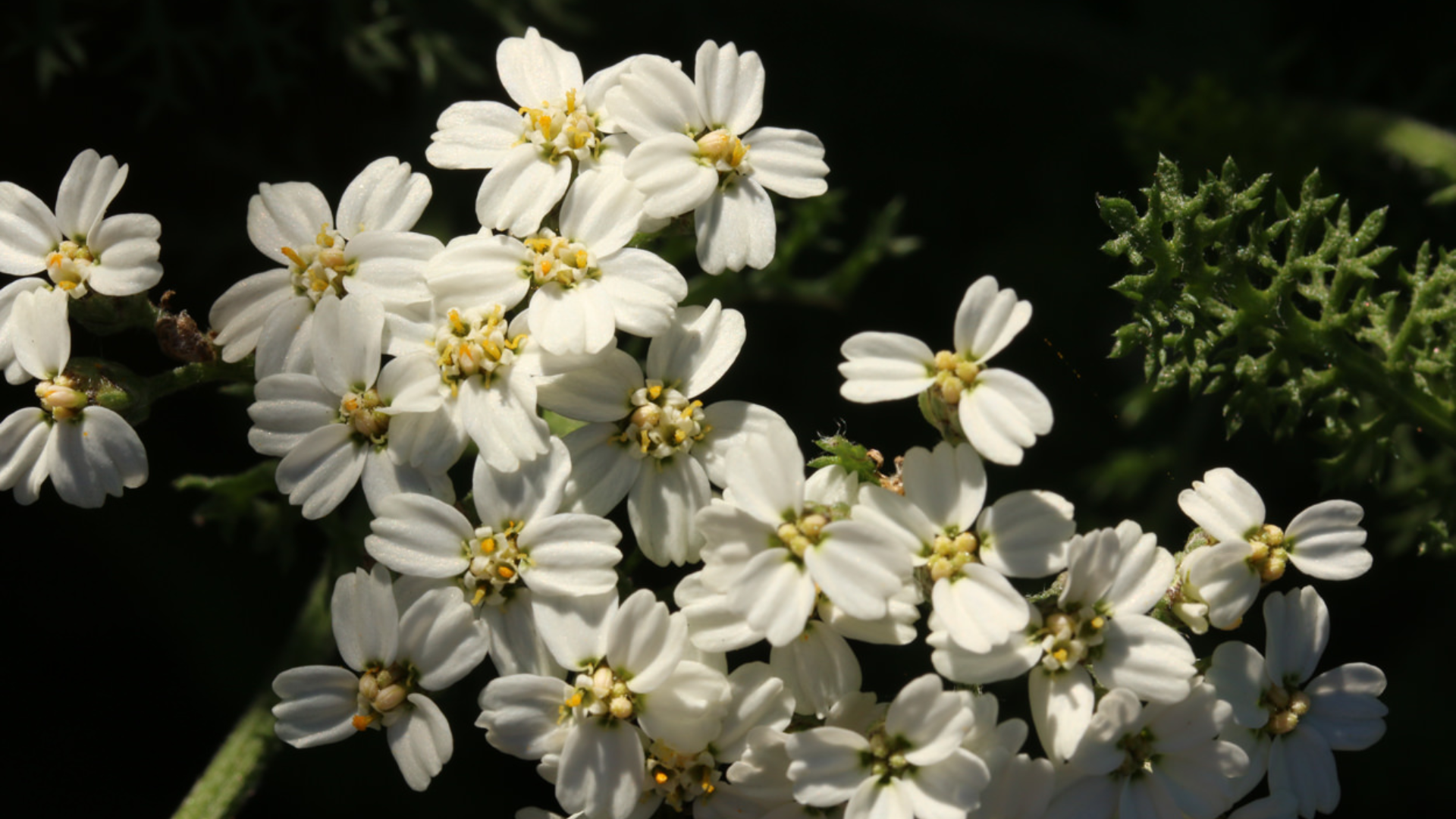
The feathery, fern-like leaves release medicinal oils that completely overwhelm deer.
Yarrow’s strong herbal scent acts like a warning signal to browsing animals. These hardy perennials spread naturally and create protective barriers around more vulnerable flowers in my garden beds.
5. Daffodils
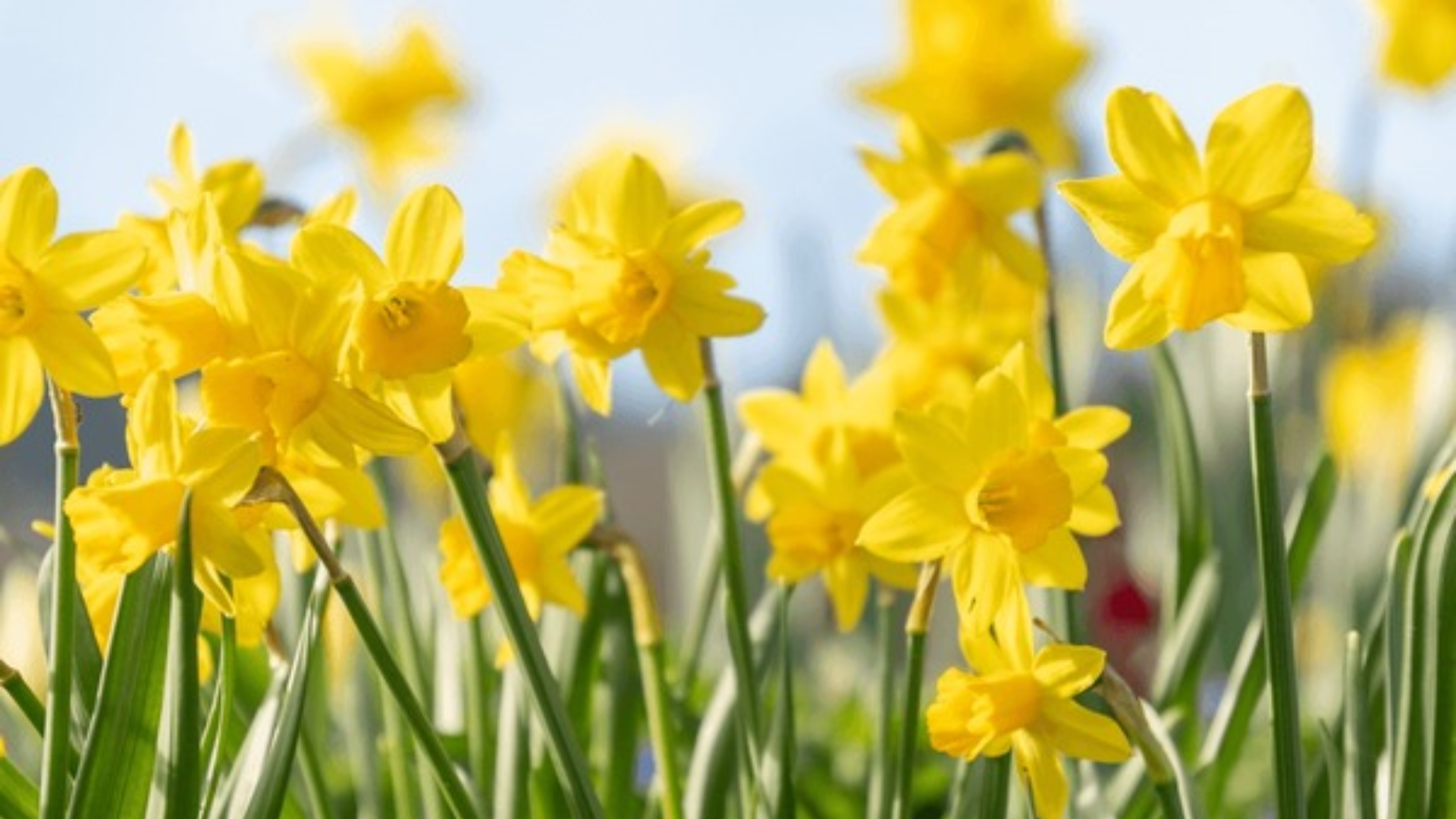
Smart deer instinctively know daffodil bulbs contain toxic compounds that cause stomach problems. Even desperately hungry deer avoid these bright yellow spring bloomers. I plant hundreds each fall for foolproof early-season protection around vulnerable plants.
6. Lavender
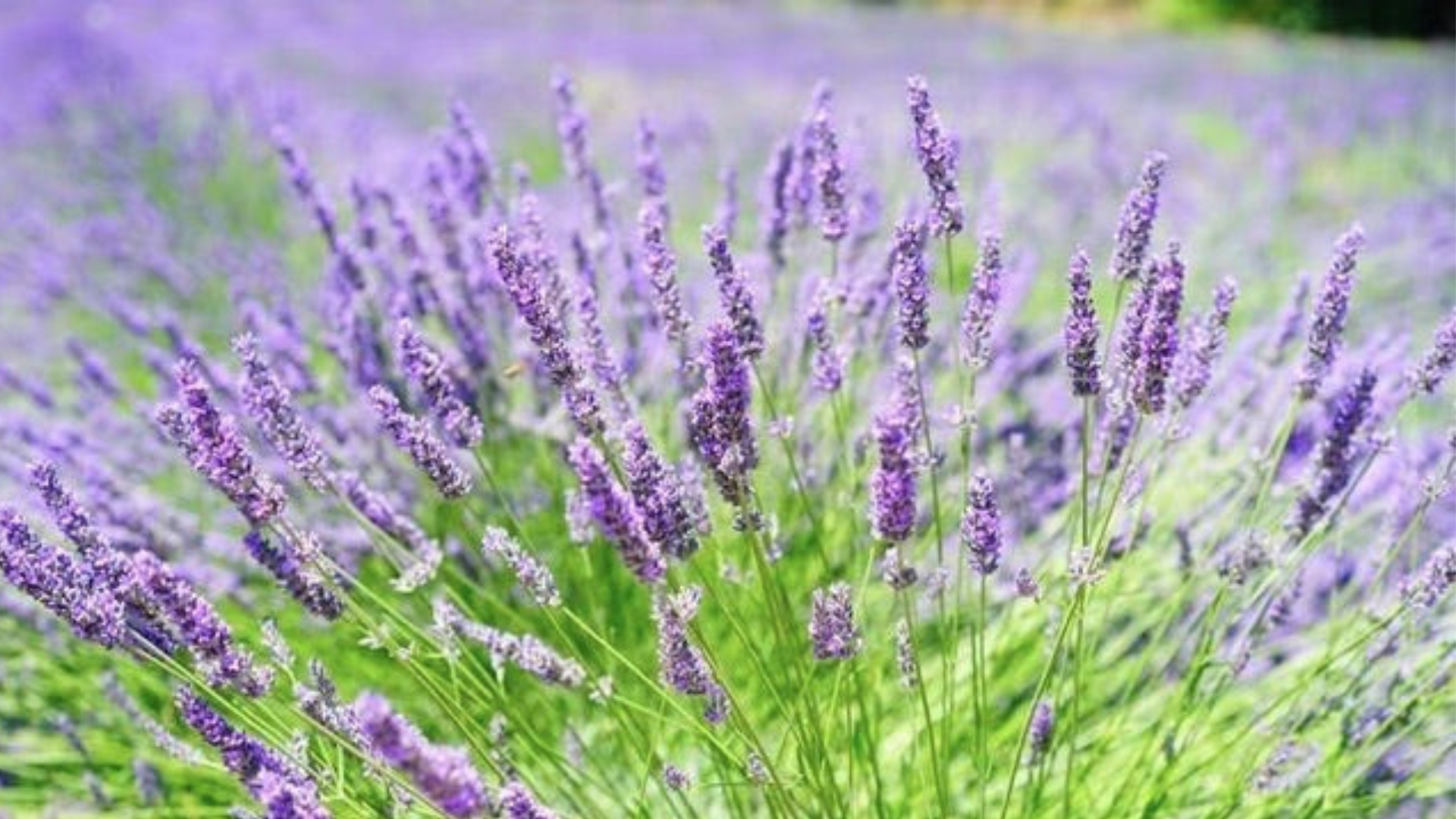
The intense, oily fragrance overwhelms deer completely, making them turn away immediately. Those purple spikes smell heavenly to humans but create sensory overload for wildlife.
Lavender also attracts beneficial pollinators while repelling problem animals naturally.
How to Use Deer-Resistant Plants in Your Garden
Smart placement makes all the difference with deer-resistant plants. I’ve learned that strategic positioning creates the strongest protection for your entire garden.
- Create border barriers: Plant fragrant varieties like lavender and dianthus around garden edges. Deer encounter these deterrents first and often turn away before exploring further.
- Mix multiple plant types: Combine fragrant, textured, and bitter plants together. This layered approach confuses the deer’s senses and provides backup protection if one method fails.
- Pair with physical barriers: Use deer-resistant plants alongside low fencing or netting. The combination creates both natural and physical obstacles that double your defense.
- Test different varieties: Start small with a few plants in problem areas. What works in my region might need adjusting for your local deer population and their food preferences.
- Refresh scent regularly: Crush aromatic leaves occasionally to release fresh oils. This keeps the deterrent effect strong, especially after rain washes away natural fragrances.
Conclusion
Creating a deer-proof garden doesn’t require expensive solutions or constant battles. The plants I’ve shared today offer natural, long-term protection that actually works.
Start small with one or two varieties that appeal to you.
Dianthus makes an excellent first choice, with beautiful blooms and built-in deer protection. Add some marigolds around vegetables or lavender near seating areas.
Every garden faces different challenges. What completely protects my flowers might need tweaking for your space. But with these proven options, you’re already a step ahead.


